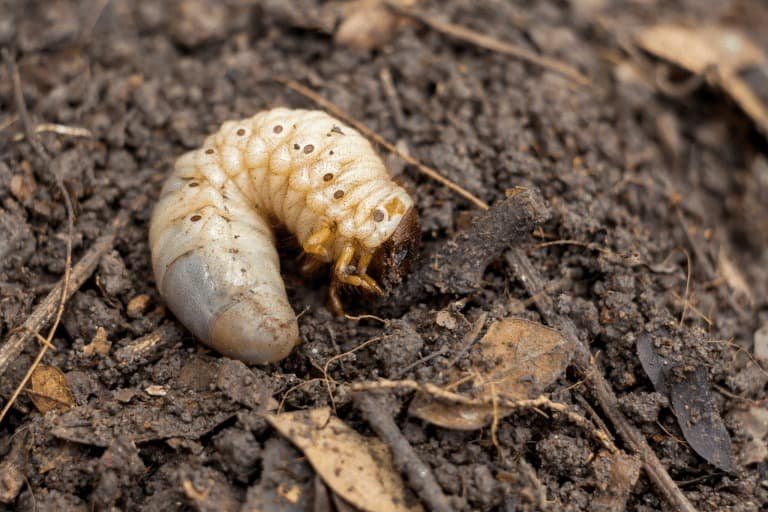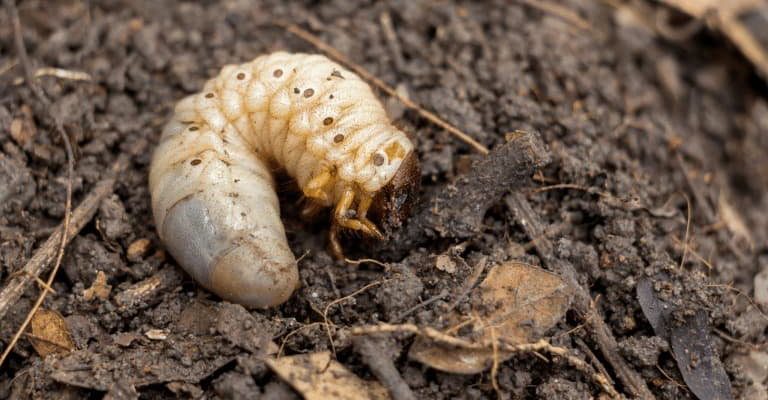
Imagine you’re sitting across from me at a coffee shop, talking about your lawn woes. You might be wondering if those little pests are the root of your brown patches or if you need a lawn roller to help the grass grow back healthy. Here’s the scoop—grub worms aren’t necessarily the villain they’re cracked up to be, and a lawn roller may not be the miracle worker you think it is. Let’s dive into some of the most common myths surrounding these topics and set the record straight.
What Are Grub Worms, Anyway?
Grub worms, often referred to simply as grubs, are the larval form of various beetles, most commonly the Japanese beetle. These little critters can be found underground, munching on the roots of grasses and plants. Picture them as the sneaky eaters of your lawn, nibbling away at the foundations of your grass. They can be a problem, sure, but not all grubs are bad for your lawn.
Here’s the thing: not every bug you see is a pest. Some grubs can actually break down organic matter in your lawn, contributing to healthy soil. That said, if you’ve got a massive infestation, they can definitely cause some damage. The key is knowing how many grubs are in your lawn and if they exceed a certain threshold, typically about 10–15 grubs per square foot. If you’re seeing dead patches or dry areas, it’s worth checking!
Myth
A common myth is that grubs always spell disaster for your lawn. While it’s true that too many grubs can lead to trouble, the reality is a bit more nuanced. Not all grubs will wreak havoc. In fact, beneficial insects, including some grubs, can contribute positively to your garden ecosystem.
Think about it this way: it’s like having a few unruly kids in a good classroom. While they might cause a little chaos, they’re also interacting, learning, and contributing to the social fabric of the group. Similarly, not all grubs will cause significant damage.
To determine if you have a grub problem, perform a simple test. Use a spade to cut a square foot of sod and lift it. If you see more than a handful of grubs, then it might be time to take action. However, if there are just a couple of them, you can usually let them be.
Myth
When it comes to lawn care, many people believe that using a lawn roller is a must for maintaining a perfect lawn. While lawn rollers can help with some tasks, they’re not the universal solution many think they are. It’s crucial to understand their proper use and when they’re beneficial.
Lawn rollers are typically used after seeding or sodding, helping to ensure good soil contact with the seeds or roots. If you use a roller too much or at the wrong time, you could compact the soil, making it harder for grass roots to grow. Compact soil can lead to drainage issues and even push those grubs closer to the surface, increasing the chance of damage!
So, before you grab that lawn roller, ask yourself: “Am I using it for the right reasons?” If you’re just trying to flatten out some bumps, you might not need it at all.
Myth
If you notice brown patches in your lawn, the instinct is often to run to the store and grab some grub killer. But here’s the catch: treating grubs won’t necessarily fix all your lawn issues. There are many factors that can lead to poor lawn health, including drought, disease, and even improper mowing.
Let me break it down: if your lawn has grubs and they’re affecting the roots, yes, treatment can help. But if the underlying causes of your lawn’s problems are unrelated to grubs, like insufficient watering or nutrient deficiencies, then that treatment is just a band-aid on a bigger issue.
Instead of jumping straight to pesticide, consider broader lawn care strategies. Regularly aerating, watering, and fertilizing your lawn might just solve those pesky issues.
How to Manage Grub Worms Effectively
If you do discover that grubs are the culprit behind your lawn’s woes, it’s essential to manage them wisely. Chemical treatments can be effective but also come with significant environmental concerns. Instead, you might want to explore some natural alternatives first.
Consider using beneficial nematodes, tiny worm-like creatures that target grubs without harming other parts of your lawn ecosystem. They can be a great option if you’re looking for an eco-friendly approach. Another option is to keep your lawn healthy—strong grass is better equipped to deal with grub damage.
Here’s how to manage them effectively:
- Monitor grub levels: Regularly check your lawn for their presence.
- Maintain healthy grass: Water, fertilize, and mow properly.
- Use natural treatments: Consider beneficial nematodes as an alternative to harsh chemicals.
Final Thoughts on Lawn Care Myths
Lawn care can feel overwhelming, especially with all the mixed messages out there. Understanding the role of grubs and the actual effectiveness of lawn rollers can help you create a healthier, happier lawn without unnecessary stress.
Remember, not every grub is a threat, and lawn rollers aren’t a magic wand. By keeping informed and focusing on proper lawn care techniques, you’ll have a much better chance of enjoying a lush, green yard. So the next time you hear a lawn care myth, take a moment to think it through—your lawn will thank you!

